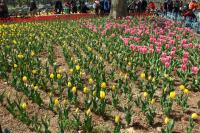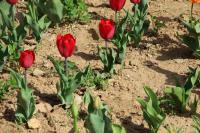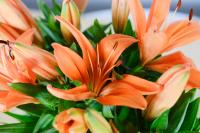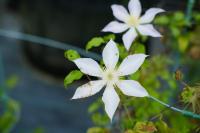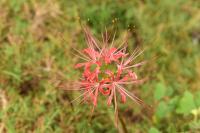1、 Plant introduction
1. Morphological characteristics: Daisy is a perennial herb of daisy in Compositae. Its height is about 10 cm. Its leaves grow at the base and its top is round and blunt. Its flower is a head, with a diameter of 2.5-3.5 cm. The outer ring is glossy flowers with rich colors, and the center is tubular flowers, mostly yellow.
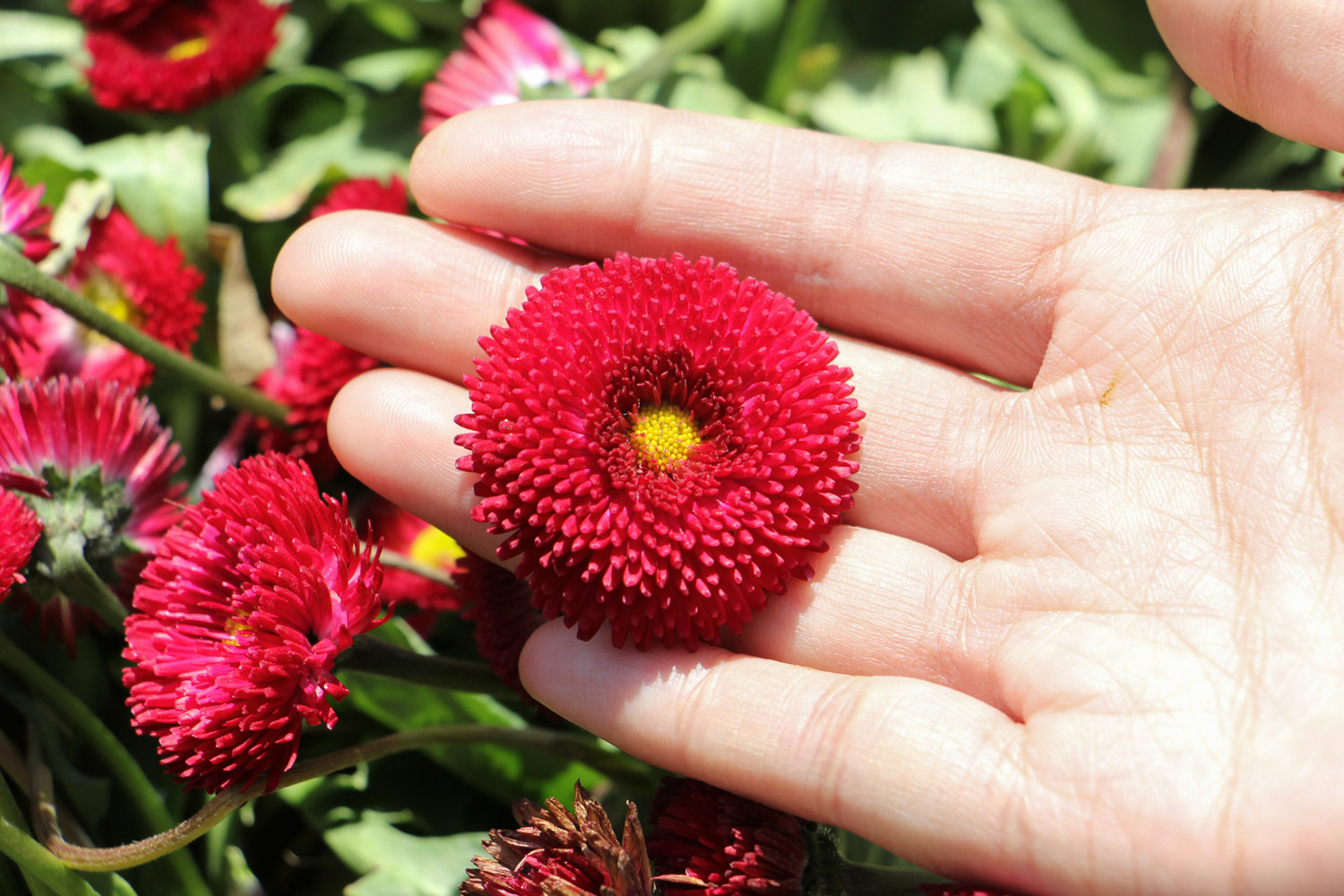
2. Growth habits: Daisy is native to Europe and is the national flower of Italy. It likes cool climate and is afraid of heat. It likes light but is resistant to half shade. It has lax requirements for soil. Seeds can germinate only when the temperature is between 22-28 ℃, and seedlings are suitable to grow in an environment of 20-25 ℃. Small flowers and semi double petals are suitable for planting in Southwest China, but large flowers and double petals are not growing well.
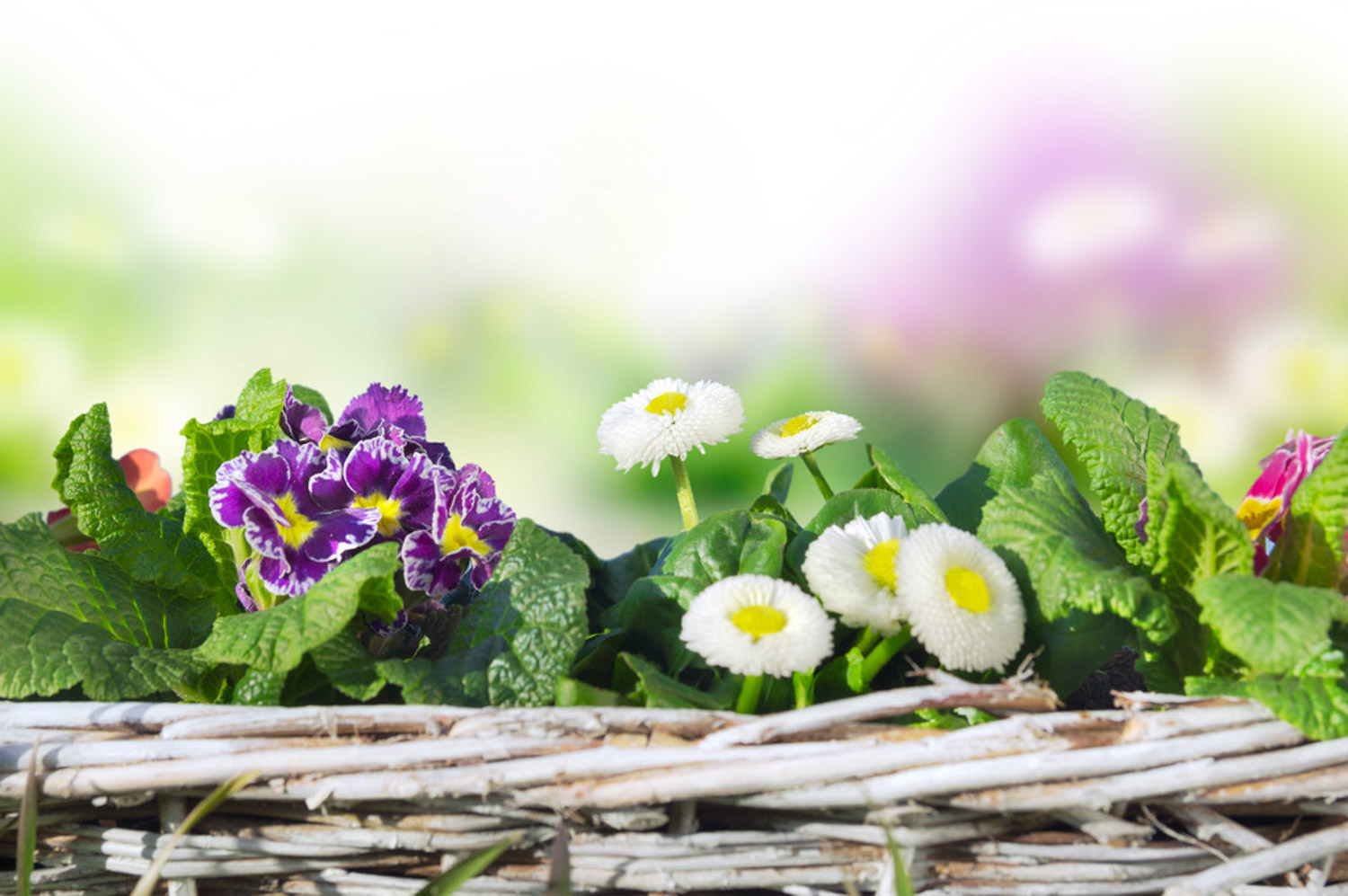
3. Maintenance method: daisies are generally placed in sunny places for maintenance. They receive sufficient light every day, shade appropriately in summer, and spray water to cool down. In the germination period, the water requirement is high, so it is necessary to keep the soil moist. After growing up, it is necessary to properly control the water and water it thoroughly after the soil is dry. Topdressing can be applied once a week during the growth period, and compound fertilizer is usually used.

4. Breeding skills: daisies have many breeding methods. Grafting and seeding are usually used for large-scale planting, while ramets and cuttings are used for family planting. Sowing is generally carried out in spring and autumn. After mixing the seeds with fine sand, sprinkle them on the soil surface, cover them with a layer of fine soil, and pay attention to shading and moisturizing. Cutting is carried out from April to June. Cut 10 cm long branches, remove the leaves at the base, insert them into the soil, and pay attention to shading and moisturizing.

2、 Is it for the dead
Daisies are not for dead people. This impression is mainly formed because it is very common in funerals and other occasions, so it will be misunderstood. This kind of flower is beautiful but not gorgeous. It is suitable for expressing sorrow and will not appear unconcerned at the same time. But its flower language is actually rich in meaning, representing love, happiness, hope and other meanings. It can be given to both lovers and friends.

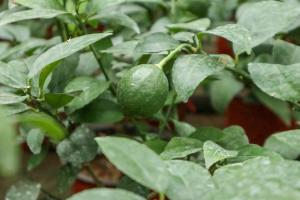 The efficacy and fun...
The efficacy and fun...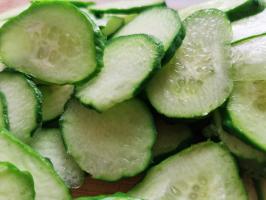 The efficacy and fun...
The efficacy and fun... The benefits of eati...
The benefits of eati...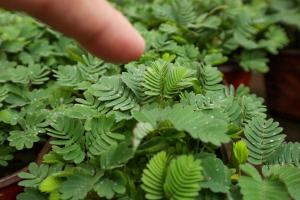 Why is Mimosa called...
Why is Mimosa called...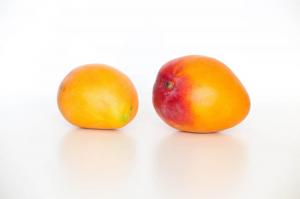 What can't mango be ...
What can't mango be ... The efficacy and fun...
The efficacy and fun...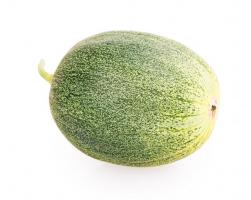 Is watermelon a frui...
Is watermelon a frui...

























